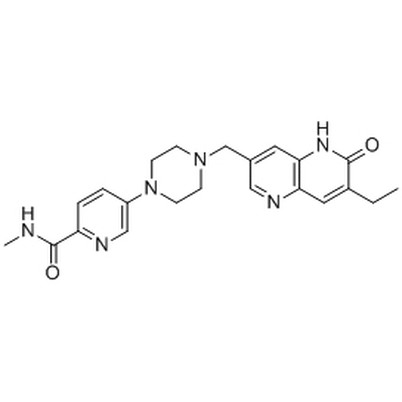The prospects of δ-Valerolactone
Leave a message
Delta-valerolactone, also known as δ-Valerolactone, is a cyclic organic compound that has gained increasing attention in recent years due to its excellent chemical properties and versatile applications. It belongs to the family of lactones and is derived from 5-hydroxypentanoic acid.
In terms of its properties, δ-Valerolactone is a colorless liquid with a slightly sweet odor and a boiling point of 203 degrees Celsius. It is soluble in many organic solvents such as ethanol, methanol, and acetone, but insoluble in water. It also has low toxicity and is environmentally friendly, making it a desirable alternative to traditional solvents.
One of the most significant applications of δ-Valerolactone is in the field of biofuels. It is a promising raw material for the production of biofuels due to its high energy density and low toxicity. It can also be used as a solvent for lignocellulosic biomass, which is a renewable and abundant source of energy.
Additionally, δ-Valerolactone has shown great potential in the polymer industry. It can be used as a building block for the synthesis of various polymers, such as polyesters and polyurethanes. These polymers have excellent mechanical properties and can be used in a variety of applications, including coatings, adhesives, and textiles.
Another exciting application of δ-Valerolactone is in the field of medicine. It has been found to have antimicrobial properties and can be used as a disinfectant. Additionally, it has been studied for its potential as a drug delivery agent, as it can be easily modified to target specific cells or tissues.
Overall, δ-Valerolactone has a bright future in various industries due to its unique properties and potential applications. As society continues to prioritize sustainable and renewable resources, δ-Valerolactone will undoubtedly play a crucial role in meeting these needs.






